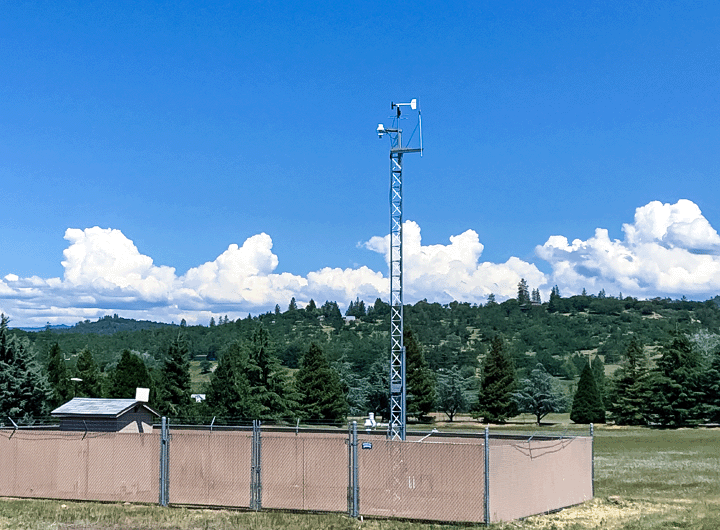Thought Leadership
Ecology Changes Vapor Intrusion Guidance: How Will This Affect You?

This post was originally written by Heather Good, former MFA Senior Hydrogeologist.
Updates to Vapor Intrusion Investigations and Short-Term TCE Toxicity
On October 1, 2019, the Washington State Department of Ecology released Implementation Memorandum #22 regarding vapor intrusion investigations and short-term trichloroethylene (TCE) toxicity.
What’s New about This Guidance?
This is one of four implementation memoranda Ecology has published on its vapor intrusion guidance website. Like the others, it is meant to supplement or supersede Ecology’s 2009 Draft: Guidance for evaluating soil vapor intrusion in Washington State: Investigation and remedial action document. Unlike the others, this one addresses short-term exposure.
Standard cleanup levels included in the Model Toxics Control Act (MTCA) regulation are generally based on chronic exposures, or on continuous or repeated exposure over the course of multiple years. In MTCA, that generally translates to six years for noncarcinogens and 30 years for carcinogens.
This new vapor guidance addresses toxic, noncancer exposure concerns over the short term, i.e., a three-week interval, with particular concern regarding potential impacts to a developing fetus. The implementation memorandum provides action levels for assessing potential short-term exposure risks from vapor intrusion and steps for responding if action levels are exceeded.
How It’s Being Implemented

Illustration of vapor intrusion
Implementation memorandum #22 is Ecology’s official adoption of guidance prepared by the U.S. Environmental Protection Agency in 2014. Since Ecology adopted the memorandum on October 1, their response to potential exceedances of the short-term action levels put forward in the memorandum has been swift. For one cleanup site, Ecology requested completion of a vapor intrusion sampling and analysis plan within 30 days and completion of a vapor investigation within 60 days.
For cases in which indoor air sampling is needed to assess the potential for TCE vapor concentrations above the short-term action levels, and in which women of childbearing age are occupants of the potentially impacted building, the implementation memorandum recommends that four specific actions be taken as soon as possible: Ecology and building owner/tenant notification, visiting the building, preparing a sampling and analysis plan, and scheduling indoor air sampling.
How to Assess Your Potential Risk
MFA’s environmental scientists, industrial hygienists, and communications professionals are available to help you to assess your potential for risk from short-term TCE exposure, to guide you through the process with Ecology if action is recommended at your site, and to assist with communicating potential risks to employees and/or the public. Please reach out to us if you have any questions about short-term TCE exposure at your facility.



